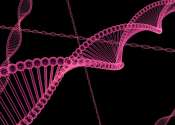Dopamine linked to mentalizing abilities, may have implications for future Parkinson's treatment
A link between the neurotransmitter dopamine and the mentalizing abilities of healthy people has been identified for the first time in a new study.
Jun 13, 2024
0
60









